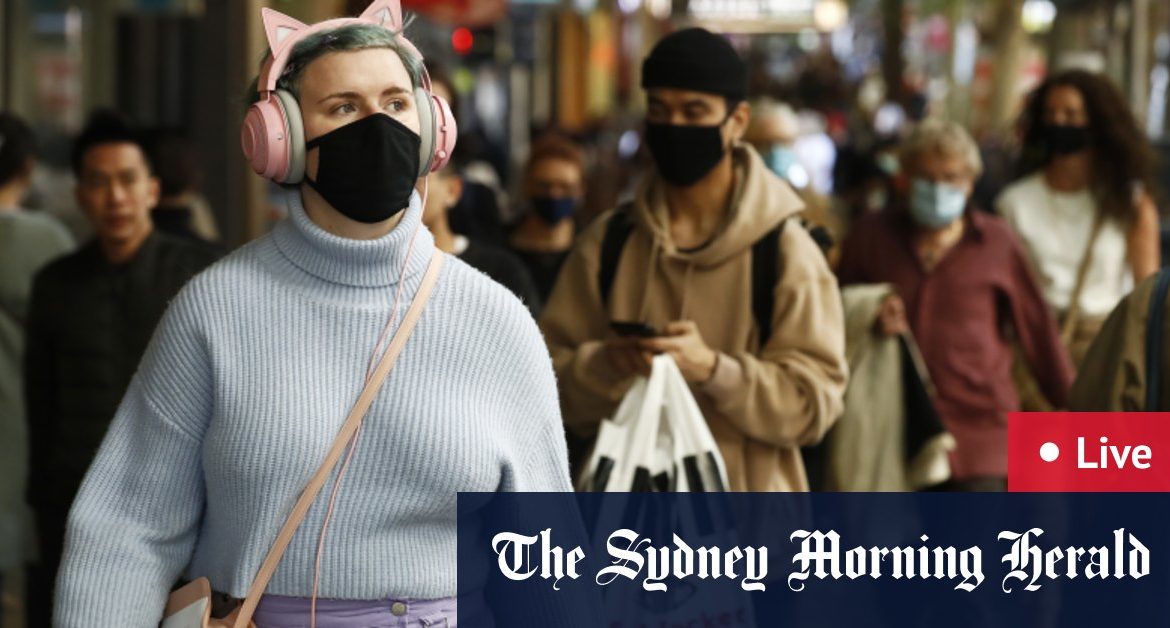The move follows sustained pressure from epidemiologists and infectious diseases experts, since the quarantine system poses the greatest risk of future outbreaks. The current Berala cluster was spawned by an infection in a patient transport worker, while the source of the Avalon cluster has been traced to the US.
There are also attempts to enhance contact tracers’ capabilities through sharing Eftpos records, CCTV footage and Opal cards, health reporter Mary Ward writes.
While the Service NSW QR code has been compulsory in the state’s businesses since January 1, there are a number of places a person may visit – such as a quick trip to a supermarket or a train station – where codes may be missing or missed.
Transport for NSW acting Deputy Secretary for Greater Sydney Howard Collins yesterday urged people who use public transport in Sydney to register their Opal card with their contact details on the Opal website.
A woman catches a bus in Dee Why, wearing a mask.Credit:James Brickwood
Although the data is not exact – someone might arrive at the station but then miss their train – it provides a guide to when a person attended the station.
Eftpos data and CCTV footage have also assisted contact tracers, who are tasked with confirming the memories of an often sick person for up to a fortnight, as well as tracking down who they may have infected.
And Woolworths, which also owns BWS, has provided contact details for loyalty program members who shopped at the stores in Berala to assist health authorities in the most recent outbreak.







